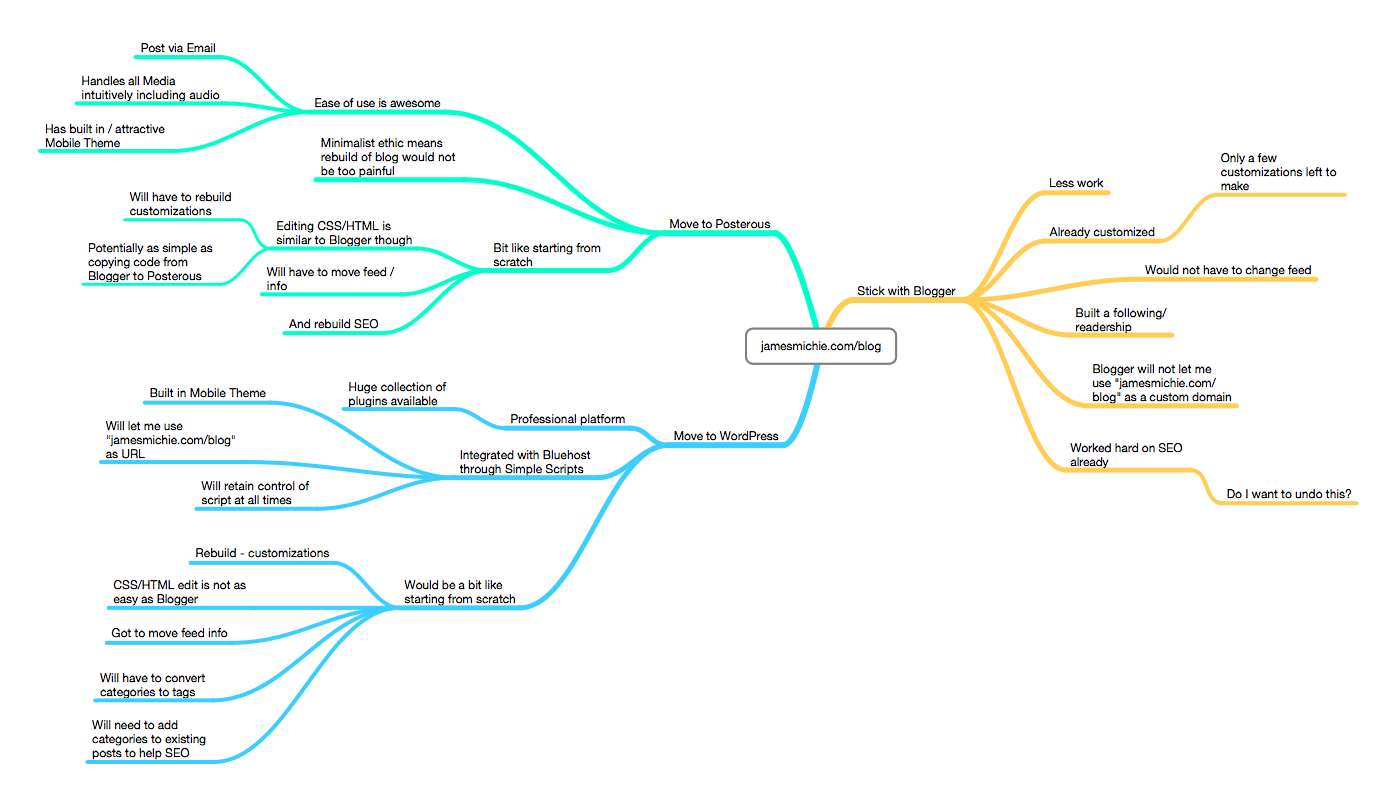
Several people have blogged recently on Creative Commons licenses and what to do when people steal your work, presenting it as their own.
I’m jumping on the bandwagon a little and offering my perspective on the re-use of material from my blog. I use a Creative Commons Attribution-Non Commercial-Share Alike 2.0 U.K. license which allows you to copy, distribute, display, perform and make derivative works from my blog content. I picked this license because I wish to share. I am in the habit of “giving gifts”! (Godin, 2009) This is a philosophy that I deeply believe in. On my blog itself I have tried to stay true to that same ethos when using found material. If I have used others work, I have given them credit, added links and contacted them to let them know that I’m using their stuff. I simply ask that anyone who uses material that I have made and published here do the same. So here is a statement that I plan to feature permanently on my blog.
If you wish to use any of the material published on this blog, then please:
- Give me credit. Acknowledge the work is not your own.
- Provide people with a link. This could be my blog address included at the end of a PowerPoint presentation or a hyperlink on your blog. Whatever it is, it will allow any interested parties to visit the source of the original content and perhaps find other material that they might find interesting.
- Contact me. Let me know what you have used, why, and what the results were. Perhaps I can help? I may have ideas to share or more information which may be of use. I may even offer to feature a post about you/your work on my blog.
Considering this issue has made me reflect on why I blog.
My blog is my “cave” (Thornburg, 2007) where I internalise, reflect and evaluate. It is why I moved beyond writing a class blog to writing this, a personal blog that is unashamedly for me, about me. This is not ego tripping but a feature of my journey as a life-long learner. My “cave”, however, is made of glass so that anyone can look in on my learning journey. And I have provided a convenient in-tray where people can leave comments, questions, ideas. My blog therefore, is also the “watering hole” (Thornburg, 2007) or at least a conduit to it, much of the discussion generated on the blog being transferred to Twitter where it continues and evolves. This is why I blog, for me, and for you. This blog is my “gift”!
If the “cave” and “watering hole” metaphors have left you either intrigued or confused, then please read: Campfires in Cyberspace by David D. Thornburg Ph.D.
You may also like to read more about “giving gifts”, if so try: Linchpin by Seth Godin
CC Logo courtesy of Drew Baldwin on Flickr.



